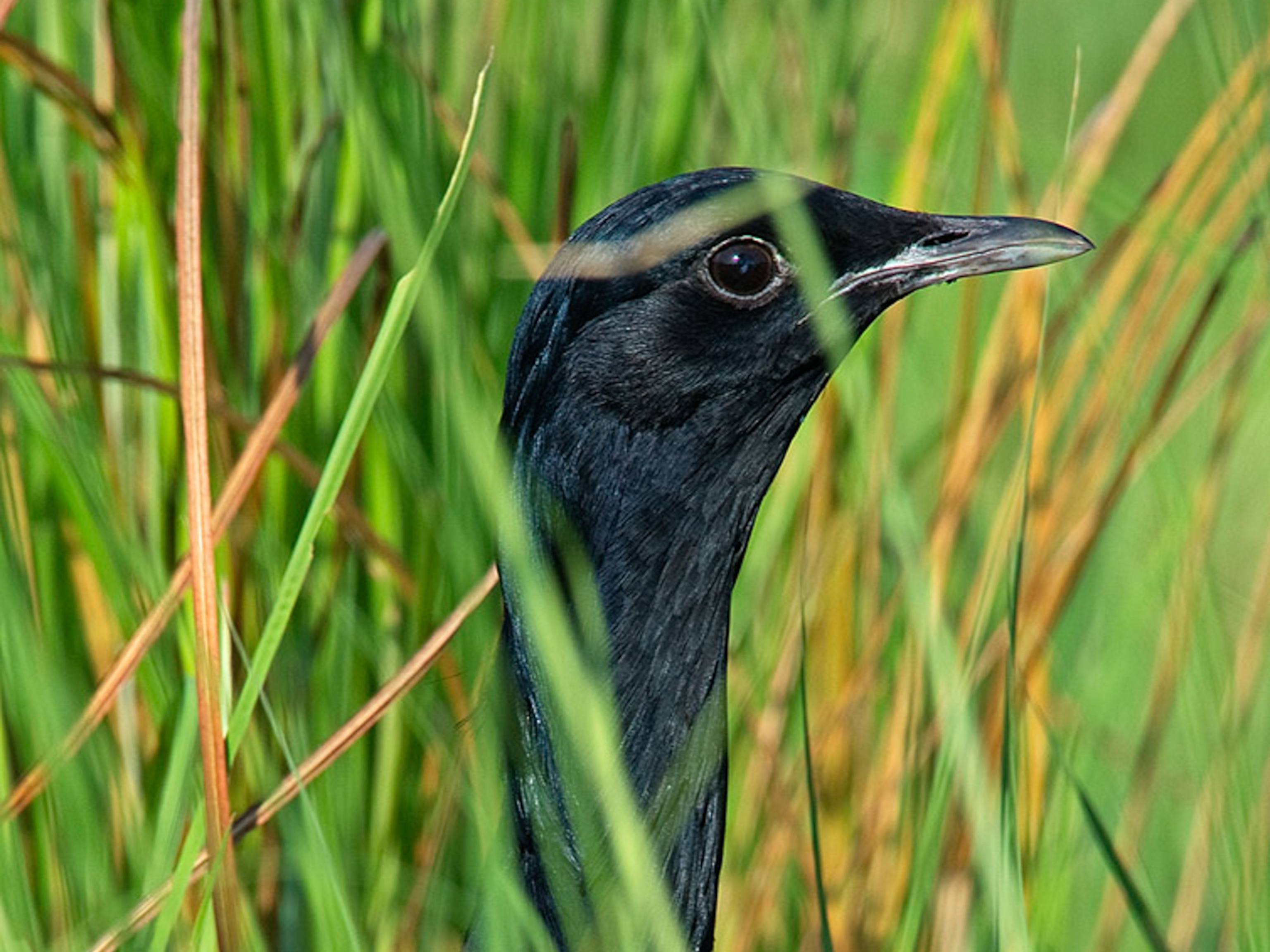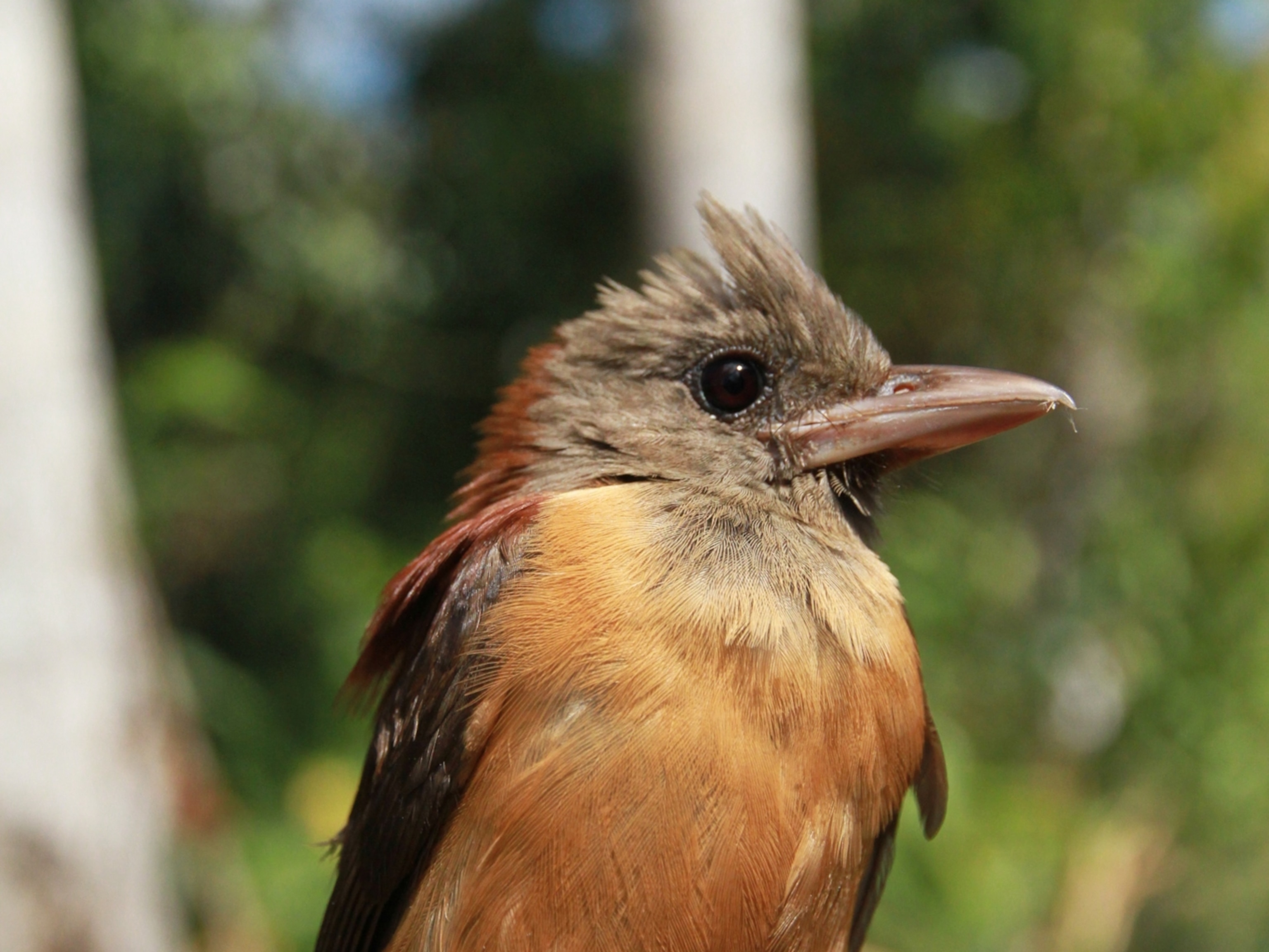
Gulls Be Gone: 10 Ways to Get Rid of Pesky Birds
Seagulls can spread disease and be a safety hazard. Here's how to keep them away.
Their cries may recall those long summer days at the beach, but seagulls that flock together can be pretty pesky, even bad for our health.
To keep them at bay, people have come up with deterrents ranging from superpowered squirt guns to sheepdogs, with varying levels of success.
Gulls—particularly the few species we call "seagulls" that venture over open ocean—are regulars at trash dumps, beaches, and boardwalks, and for good reason. "I watched a couple at the beach the other day throwing food to the gulls directly under the 'do not feed the seagulls' sign," says master falconer Adam Chavez, whose company uses raptors for gull abatement. "No wonder the birds show up."
Once they show up, these intelligent birds stick around. "Here are animals that can adapt quickly, learn, and take advantage of a resource while its available," says Andrew Farnsworth of Cornell's Ornithology Lab. "Unlike for most wild animals, we've actually expanded their habitat and food sources with our behavior. Gulls are excellent opportunists and will keep coming back if they find something good."
(Seagulls Have a Gruesome New Way of Attacking Baby Seals)
The birds aren't just annoying beachgoers by dive-bombing boardwalks to snag French fries. They can be a real safety threat when they nest and fly around airports (think bird strikes). Plus, wherever they go, they poop. And they can spread disease.
Microbiologist Elizabeth Wheeler Alm and colleagues at Central Michigan University recently found that in the Great Lakes region, where gull populations have been growing by 10 percent a year since the 1970s, the birds bring bacteria such as Salmonella and Campylobacter and protozoa such as Cryptosporidium and Giardia to beaches. "For some beaches they've been implicated as the primary source of E. coli," says Alm. (That bacteria's presence can indicate a sewage leak, so it confuses water quality tests when it comes from birds.)
Our throwaways draw them, says Farnsworth. "The only real way to keep them away is to change how we discard things."
But we aren't likely to alter our behavior enough to send gulls packing. Perhaps we could minimize overflowing boardwalk bins and the number of people who feed wildlife, but gulls also loiter around such vital areas as farms, vineyards, and orchards. And where there are people, there will be landfills—a favorite for the scavengers.
Here are ten alternative methods—costing anywhere from a few bucks for shiny tape to thousands for heavy electronics—that promise to keep the gulls away. A combination of tools often works best. The trouble with most techniques, says Farnsworth, is that "gulls become acclimated to things that don't have real consequences." And that means they'll be back.
1. Sheepdogs
Sheepdogs are the newest tool in the anti-gull lineup. As part of their recent research, Alm and colleagues showed that a sheepdog with a handler walking a 200-meter stretch of beach can, by continually chasing the birds off, reduce gull numbers by up to 99 percent. Patrolling with a dog at peak gull hours—early morning and early evening—made the effort more efficient. "Beaches [using this technique] could tailor gull harassment to their own populations, targeting times of day when gulls are most numerous," she says. (No birds are killed by this method.)

2. Raptors
A falconer like Adam Chavez charges about $55 an hour to deploy a hawk or peregrine falcon at a landfill or agricultural site that's overrun with gulls. For the most part the raptors just scare off the birds, but they do target with the intent to kill—and gulls know a predator when they see one (that "real" consequence missing from other methods).
Chavez says his birds have reduced a flock of some 5,000 gulls at a landfill to just a handful landing per hour, and have turned a California beach on the "beach bummer" list (because of water fouled by gulls) to one of the highest rated in the nation, he says. Abatement with raptors requires daily attention, of course. "It's a bit like needing a gardener to come in and maintain the plants," he says. "Otherwise, the weeds keep coming back."
3. Decoys and Scary Masks
Gulls don't like bright, scary owl faces on masks or balloons (often called "terror eyes"), and some will also avoid wooden owls, kites shaped like hawks, and decoy coyotes. So if you don't mind a few lawn ornaments, you can at least keep the annoying birds guessing.
4. Spikes, Wires, and Nets
Seagulls seek out high points on roofs and chimneys, so installing parallel wires, plastic or steel spikes, or polyurethane netting in these areas can help prevent birds from perching.
5. Mechanical "Spiders" and Rotating Blades
Things that spin or bounce in the wind can deter birds from settling down; spiderlike mechanical devices that rotate or have bouncing "leg" wires can be effective. Spinning propellers are similarly uninviting.
6. Irritating Noises, Scents, and Lights
The market is filled with electronic gull-deterring gadgets, including cannons and amplifiers that scare off birds with blasts of sound. Using gulls' own distress calls, or those of predatory birds, can be effective, as can strobe lights. Paint-on or spray-on liquids that create a sticky surface or are made from bitter substances that irritate birds' chemical senses (their trigeminal system) are also for sale. Manufacturers claim that after a few exposures to the bad taste and smell, birds stay away long term.
7. Shiny Tape or Streamers, Optical Gel
Reflective material can baffle birds, so mirrored or shiny tape and streamers are an inexpensive, if short-term, solution. An interesting product, called an "optical fire gel," apparently looks like flames to a seagull and can be applied to many surfaces. (We see orange, but with their ability to see UV light, they get a different picture.)
8. The Ultimate Squirt Guns
Motion-activated water blasters are harmless harassers. And good clean fun.
9. Mild Electric Zappers
Without doing real harm, these flat strips carrying electrostatic pulses give birds a shocking incentive to find somewhere else to land.
10. The Color Red?
The jury is still out, but anecdotal evidence suggests that gulls will avoid red things. Well, there's at least one guy who says so.
Follow Jennifer Holland on Twitter.








